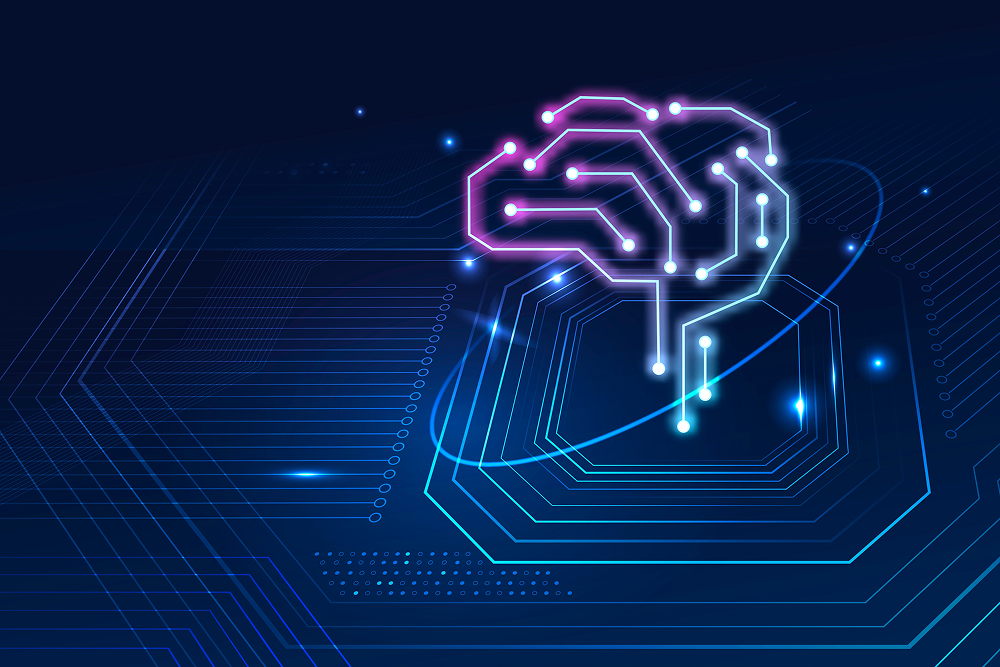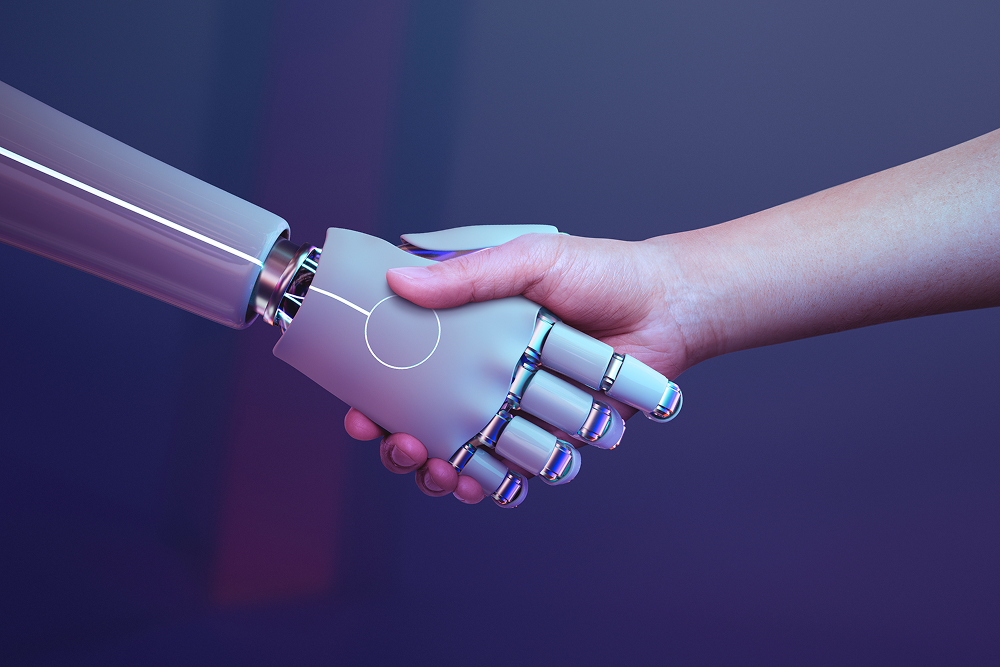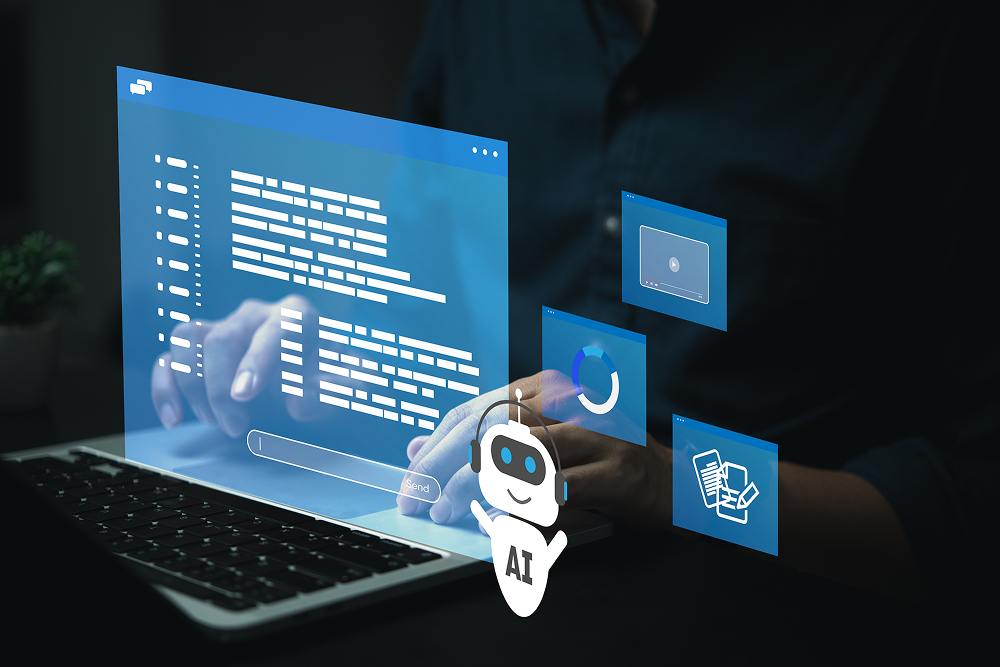
Our Services
Key Functionalities to Add to Your Custom Smart AI Assistants and Virtual AI Systems
AI Assistants for Business Can Perform a Wide Range of Functions
How It Works
FAQ
It’s basically software that can have a conversation and actually understand what you’re asking. Instead of those annoying phone trees where you press 1 for this and 2 for that, you just type or say what you need. It’s not magic – it just processes language really well and has been trained on tons of data to give useful responses.
They take care of all the boring questions that eat up your support team’s time. Order status, account balances, how to reset passwords – stuff that doesn’t need a human brain to figure out. Your actual support people can focus on the weird problems and angry customers who need real help.
They remember who you are and what you’ve asked before. So if you always order the same thing or have a specific issue with your account, it knows that. The responses feel more natural because they’re not just copy-pasted from a script. But we’re not trying to trick anyone into thinking it’s human.
We don’t just install generic software and hope it works. We learn how your business actually operates, what problems you’re trying to solve, and how you like to talk to customers. Then we train the AI specifically for your situation. It’s like hiring someone new – they need to learn your company’s way of doing things.
Your people know your business better than we do, so we need their input. Someone from customer service, maybe someone from sales – whoever deals with customer questions regularly. Once it’s running, you don’t need to babysit it, but occasional check-ins help keep it on track.
Mostly Python for the AI parts because that’s what works best for machine learning. The interface people see is usually built with web technologies like JavaScript. We use whatever connects easily with your current systems. The tech stack isn’t really the important part – making it work with what you already have is.
English works great, Spanish and French are solid, most major languages are pretty good. Some smaller languages or very specific dialects might be hit or miss. We can test it with your actual customer base to see how well it handles the languages you need before going live.
We connect it to whatever you’re already using – your customer database, order system, help desk software. It can look up information and update records just like your employees do. Sometimes it’s simple, sometimes it’s a pain, depending on how your current systems are set up.
You get reports on what people are asking about, which questions get resolved quickly, where the AI gets confused. It’s actually pretty interesting to see what your customers really want versus what you think they want. All the data is anonymous – we’re not spying on individual customers.


























